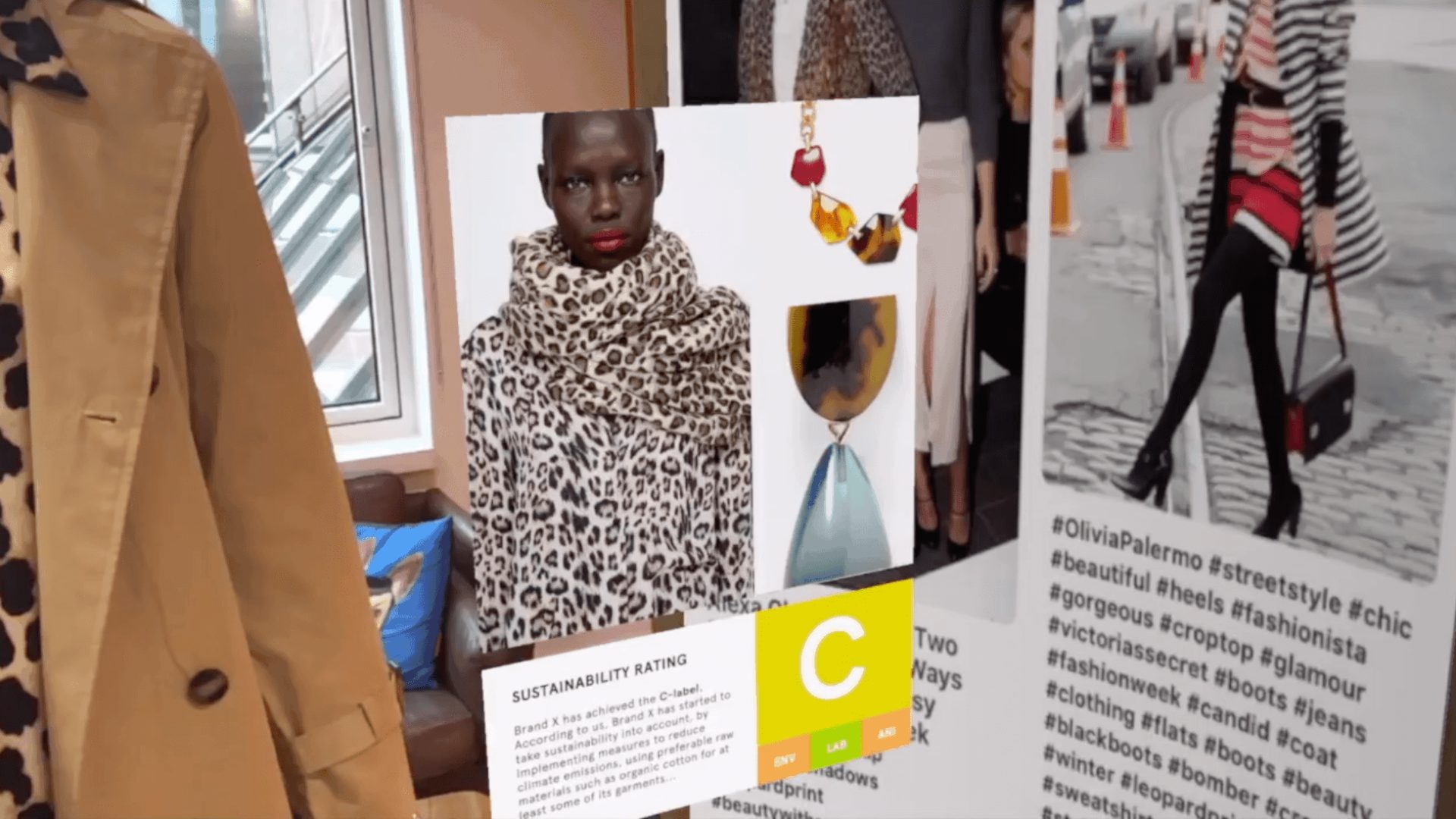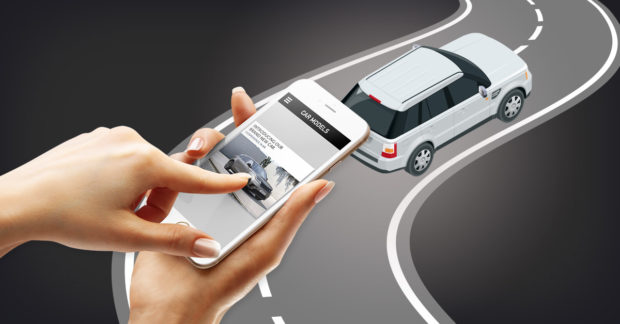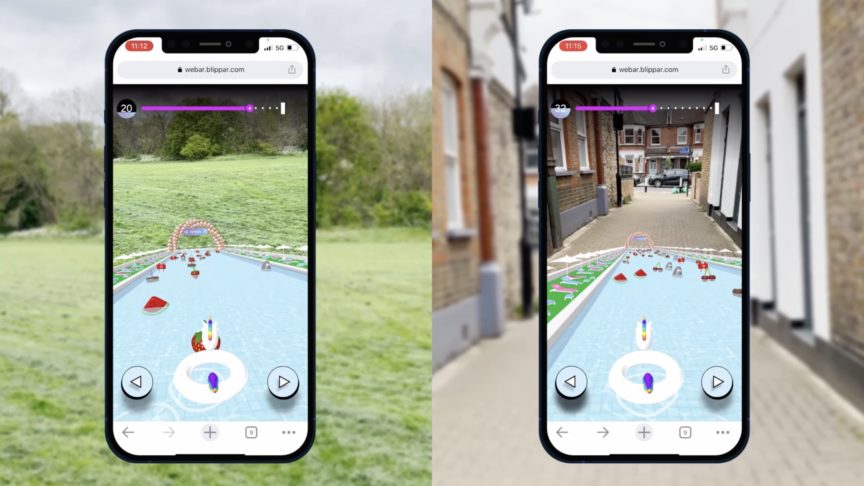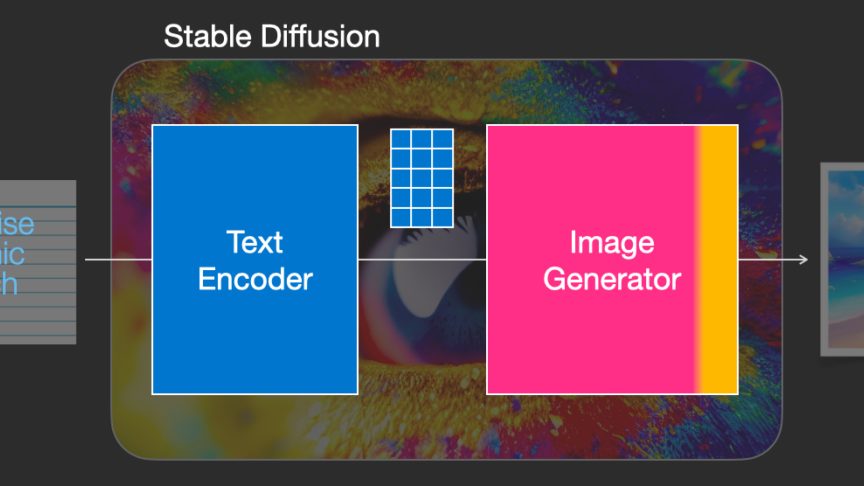Futuristic fashion: from scannable catwalks to virtual stores
Last week, wearable AR entered fashion. Guests of Moschino and H&M’s fashion show in New York were handed Magic Leap One headsets and led through a room fashioned as a giant TV set. From dancing bears to melting handbags, the augmented reality ‘fashion presentation’ offered a digital twist alongside the traditional catwalk show.
AR has created unique opportunities for fashion houses in the past. For example, our AR experience for House of Holland let people scan-to-buy clothing items straight from the catwalk. And last month, our new augmented reality demo showed how clothing can trigger AR to give consumers an enhanced experience. Shoppers can get a close up look at real-size 3D products, unlock information on pricing, see matching accessories, get information from where the clothes are made and sourced, and more. This gives a glimpse of how AR can enhance our future shopping experiences -- and how we could soon bring entire virtual stores into our homes or anywhere we want.
A quick guide to AR marketing & advertising
A new report by eMarketer delves into augmented reality’s growing use in marketing and advertising. AR has opened up a new world of opportunity for marketers and advertisers to connect with consumers -- such as web AR for online ads, or virtual tours for product launches. More and more industries are adopting AR -- 10% of US senior marketing executives have already integrated it into their marketing efforts, and 35% have future plans to use it. So what do you need to know?
Check out our highlights from eMarketer’s report, including must-know tech terms and stats.
Key takeaways
- AR experiences deliver results across the entire marketing funnel -- from awareness to conversion. Examples of AR marketing experiences include filters, content overlays, gamified content, product visualisations, AR portals (see the video below), and virtual tours.
- Augmented reality in advertising is a rapidly growing ecosystem. The two major augmented reality advertising formats are visual search and display ads.
Quick fire stats
- Global AR advertising revenues are expected to jump from $428 million in 2018 to $2.6 billion by 2022. Visual search will start to pick up in 2020.
- The majority (36%) of mobile AR users in the US are aged between 25 and 34 years old. Most (41%) mobile AR users in the US earn over $75,000.
- By the end of 2018, 51.2 million people in the US will use AR at least monthly -- that’s 15.5% of the US population.
- As of July 2018, 762 million Android and iOS devices worldwide were compatible with ARCore and ARKit. This number is expected to reach 3.42 billion by 2022.
- AR could see a global installed base of more than 3 billion devices by 2022, with the potential to generate $85 billion in revenues.
Before you go, did you hear...
Chinese investment in augmented reality and computer vision has tripled in the last year to nearly $4 billion, according to Digi-Capital.
Facebook confirmed it’s building its own augmented reality glasses. It will be interesting to see how Facebook’s will compare to Apple and Amazon’s.
We rounded up innovative AR experiences for auto brands. Get up to speed on 360º car tours, virtual technicians, and more.
Subscribe to our weekly blog updates or monthly newsletter for more augmented reality insights and news.





